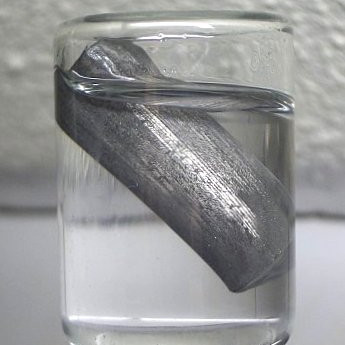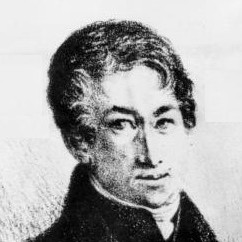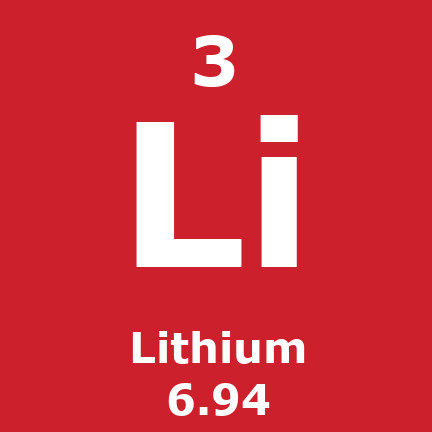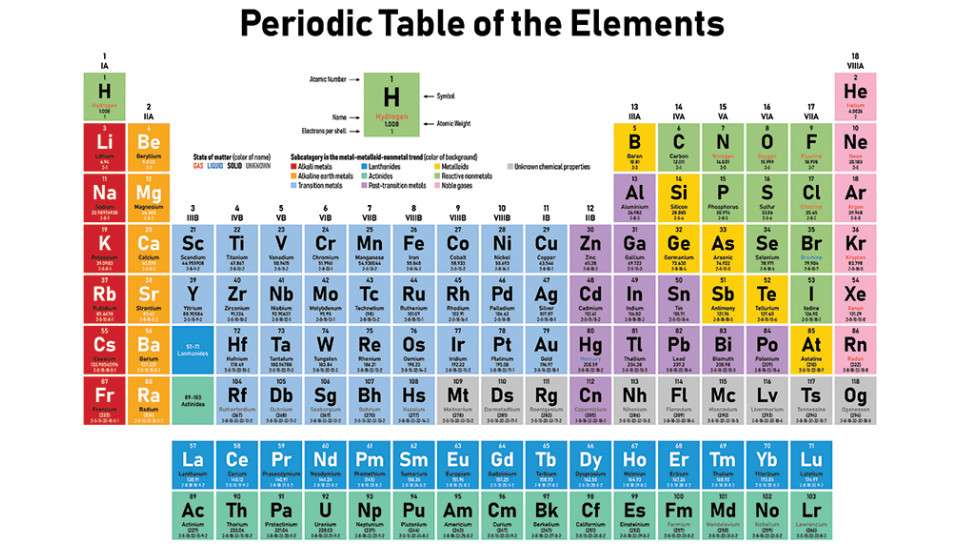1817 AD discovered
Petalite (LiAlSi4O10) was discovered in 1800 by the Brazilian chemist and statesman José Bonifácio de Andrada e Silva in a mine on the island of Utö, Sweden. However, it was not until 1817 that Johan August Arfwedson, then working in the laboratory of the chemist Jöns Jakob Berzelius, detected the presence of a new element while analyzing petalite ore.
This element formed compounds similar to those of sodium and potassium, though its carbonate and hydroxide were less soluble in water and less alkaline. Berzelius gave the alkaline material the name "lithion/lithina", from the Greek word λιθoς (transliterated as lithos, meaning "stone"), to reflect its discovery in a solid mineral, as opposed to potassium, which had been discovered in plant ashes, and sodium, which was known partly for its high abundance in animal blood. He named the metal inside the material "lithium"
Arfwedson later showed that this same element was present in the minerals spodumene and lepidolite. In 1818, Christian Gmelin was the first to observe that lithium salts give a bright red color to flame.
However, both Arfwedson and Gmelin tried and failed to isolate the pure element from its salts.[
Subjects Who or What discovered?
-
Johan August Arfwedson Swedish chemist who disc...
Objects To Whom or What was discovered?
-
Lithium (Li) Soft, silvery-white alka...
Timelines (that include this event)
Events in 1817 MORE













